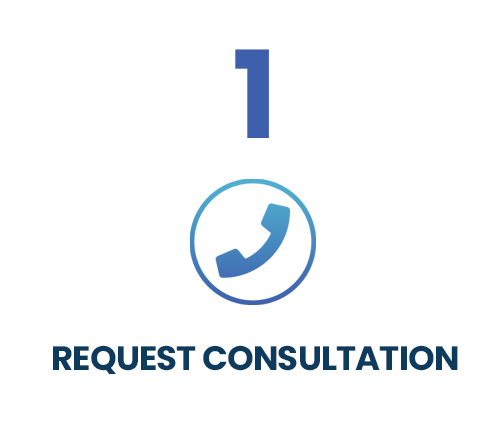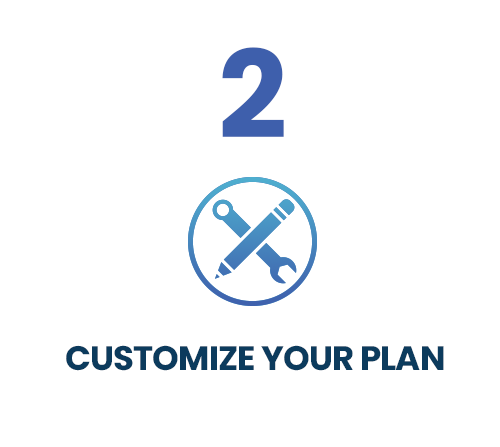
When asking people about their thought process when buying a product or service, they might give reasoning such as “I just think of the product or service I need, and then buy it.” The truth is that whether it is a small daily purchase, such as groceries, or a big purchase, like a car, every consumer goes through a subconscious journey to make the correct choice.
In order to make the right marketing decisions, we need to understand the buyer’s process. This understanding helps brands more effectively focus their efforts on optimizing marketing activities based on their target customers’ journeys.
What Is the AIDA Model?
AIDA stands for attention, interest, desire, and action. This model is used to show the decision-making process of consumers. The process, as a whole, acts as a funnel describing how consumers go from one stage to the next to support their purchasing decisions.
Attention
During the first step in the buyer’s journey, the consumer might ask themselves what problems need to be solved and what can best solve them. They will take time to explore their options and look across all brands to see which one suits their needs the most.
In this first step, brand awareness is the most important factor. Consumers need convincing that your brand has the solution that they are looking for. Marketing strategies like banner ads, commercials, and tailored blog posts could be enough to take them into the next stage.
Interest
After getting the attention of the consumer, you need to keep that focus on your product or service. The consumer’s next step is researching the specific product they need. They now need to know how your company will solve their problem.
At this stage, consumers will need answers on why your product stands out. This stage is all about persuasion and holding the attention of the consumer. Some ways your brand can garner interest is through targeted ads, social media marketing and product pages.
Desire
The third stage focuses on the consumer’s “I want it” motive. This can be achieved through an emotional relationship between the consumer and the brand. A consistent online presence can be a powerful tool in bolstering this, especially as brands that have a strong online identity tend to excel at creating a solid B2C connection.
Consumers like going with brands they trust. This can be built as the consumer continuously interacts with your brand through engaging with a subscription to weekly newsletters, reading testimonials, or case studies.
Action
The final stage in the buyer journey involves the consumer purchasing your product or requesting your service. This can be catalyzed through using a call to action (CTA) in marketing campaigns, social media posts, and SEO strategies. CTAs can provide a sense of urgency to the consumer to make them feel that they need to act on their desire to purchase from your brand. Its function is to persuade them to go to your store, call, or visit your website.
Use AIDA to Scale Your Business
While AIDA does not detail every consumer’s specific journey, it does provide a framework describing how they go from identifying a problem they have to solve to ultimately purchasing from your brand. It can be used to build a successful marketing strategy and give an idea of where in the consumer’s journey your brand should focus its marketing methods.
LEVERAGE has over a decade of experience in using marketing expertise to help brands achieve their goals. For more information, request a consultation today.





